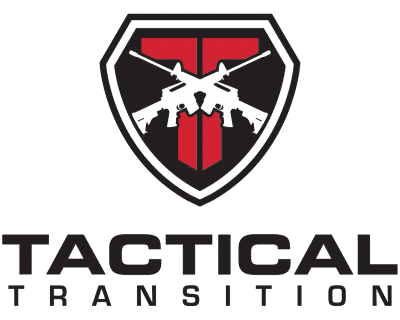- M-LOK Handguards
- M-LOK Accessories
- KeyMod Accessories
- Barrels
- Bolt Carrier Groups
- Charging Handles
- Complete Kits
- Gas Blocks
- Gas Tubes
- Iron Sights
- Lower Parts
- Mags
- Muzzle Devices
- Pistol Stock Sets
- Pistol Grips
- Pistol Accessories
- Slings
- Stock Components
- Stocks
- Stock Sets
- Stock Sets With Matching Upper
- Tools
- Upper Kits
- Upper Parts
- Upper Receivers
- Upper Sets
- Vertical Grips
300 Blackout vs. 7.62×39: A Comparative Analysis
When it comes to modern rifle cartridges, few topics evoke as much debate as the merits of the .300 Blackout (300 BLK) versus the 7.62x39mm. Both cartridges have their own unique histories, design purposes, and fan bases. This article will dive deep into their specifications, performance, applications, and pros & cons, offering a comprehensive comparison.
Historical Background:
7.62x39mm:
Introduced in the late 1940s, the 7.62x39mm is most famously associated with the AK-47 rifle. It was designed by the Soviet Union during World War II and has since become one of the most widely used rifle rounds in the world, especially in former Eastern Bloc countries.
.300 Blackout:
Developed roughly 60 years later, the .300 Blackout is a much younger cartridge, brought to life around 2010-2011 by Advanced Armament Corporation (AAC) with input from Remington. It was designed specifically for the AR-15 platform to achieve better ballistics than the native 5.56mm, especially in short-barreled rifles (SBRs) and suppressed applications.
Performance & Ballistics:
7.62x39mm:
- Bullet weight: Typically between 120-150 grains.
- Muzzle velocity: Approx. 2,300 – 2,400 fps (using 122gr FMJ).
- Energy: Roughly 1,500 – 1,650 ft-lbs at the muzzle.
.300 Blackout:
- Bullet weight: Can range from 110 grains for supersonic loads to 220 grains for subsonic.
- Muzzle velocity: Ranges based on load; ~2,300 fps (110gr) to ~1,000 fps (220gr subsonic).
- Energy: Comparable to the 7.62x39mm for supersonic loads.
Applications:
7.62x39mm:
- Combat: Renowned for its reliability in AK platform rifles, it’s a favorite for military and paramilitary groups worldwide.
- Hunting: Suitable for medium game within moderate distances.
- Sport shooting: Available in semi-auto sporting rifles and even bolt-action rifles.
.300 Blackout:
- Special operations: With its compatibility with the AR-15 platform and suppressors, it’s a choice for covert operations.
- Hunting: Effective for medium-sized game, especially with expanding bullets.
- Sport shooting: Popular among those who want a larger caliber AR-15 without major modifications.
Pros & Cons:
7.62x39mm:
Pros:
- Widely available and often more affordable.
- Proven combat record and reliability.
- Versatile for various shooting disciplines.
Cons:
- Typically less accurate than Western cartridges due to rifle design and ammo quality.
- Limited high-quality match ammo.
- Not native to the AR-15 platform (requires specific magazines and bolt).
.300 Blackout:
Pros:
- Designed for the AR-15; seamless integration.
- Wide range of bullet weights and types, from supersonic to subsonic.
- Excellent suppressed performance with subsonic ammo.
Cons:
- Ammunition can be pricier compared to 7.62x39mm.
- Not as globally recognized or available.
- Lower velocity and energy in subsonic loads.
Conclusion:
Choosing between the 7.62x39mm and .300 Blackout depends largely on the shooter’s needs and platform preference. If you’re a fan of the AK platform or are looking for a more affordable shooting experience, the 7.62x39mm might be your choice. However, if you prioritize the AR-15 platform, need versatility in bullet types, or want optimized suppressed shooting, the .300 Blackout holds significant appeal.
Like many debates in the firearms community, there’s no definitive “better” cartridge—it all boils down to individual requirements and tastes. Regardless of your choice, both cartridges have proven effective in their respective niches and will continue to be popular among shooters worldwide.
